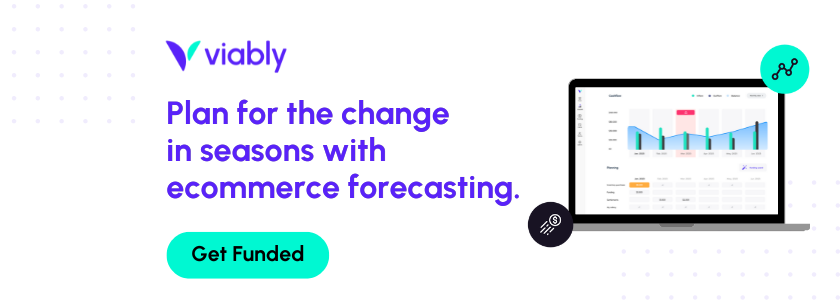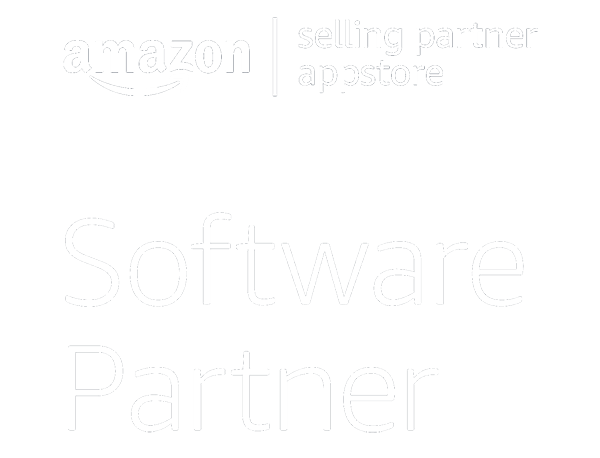As far back as business financials are documented, the formula for profit has been:
sales – expenses = profit
But the Profit First Method of accounting has a different take. First introduced in Mike Michalowicz’ book, Profit First, this method helps small businesses ensure they turn a profit and carve out a piece of the pie for themselves. But how?
In this article, we’ll examine the Profit First Method, who should use it, and why it works for so many entrepreneurs and small businesses.
What is the Profit First Method?
The Profit First Method is a business mentality as much as it is an accounting method. It forces the business owner to prioritize profit. But wait—all business owners prioritize profit, right?
In their heads, yes, business owners are focused on profit, but traditional accounting methods assign profit as an output of revenue minus expenses. In this light, profit is a variable, dependent on how much the company sells versus how much it spends. In a Profit First Method, profit is an input. In other words, the business gets paid a specific percentage no matter what. That means before expenses or other investments, profit is removed. The Profit First Method looks more like this:
sales – profit = expenses
So, if your monthly sales are $20,000, you would take a pre-defined percentage (say, 20%) and put it into a separate account for profit. That leaves you with $16,000 to cover expenses and reinvestment. Traditional accounting encourages business owners to budget for their expenses, go generate the revenue, and then whatever remains is profit.
The Profit First Method has helped countless businesses prioritize profitability despite a complicated landscape of startup costs and expenses. And it’s especially helpful for small businesses and entrepreneurs who have not yet established baselines for expenses. With this mentality, their expense budgets will be determined by how much cash is left over once the business gets paid.
Why does the Profit First Method work?
There are a few reasons why the Profit First Method is so effective.
First, it forces you to think about profit as its own entity. Too often, businesses focus on revenue and expenses ahead of profit (even if it’s subconsciously) and are left with slim margins to show for all their work. The traditional accounting method trains business owners to calculate and project revenue, then consider expenses as constants. If necessary, they make adjustments to try to improve the bottom line or improve their cash flow.
The Profit First Method ensures that you treat the bottom line as the constant. Budgeting for expenses after the business gets paid can lead to more difficult decisions, but it can also lead to creative solutions that may save the business money in the long run. By taking profit out before budgeting, it forces the business owner to meet his or her ultimate goals.
Second, the profit first method makes it easy to track your progress. By putting aside money for profit each month (or quarter), you can quickly identify return on investment or gaps in cash flow. This helps you make better decisions about where to reinvest your profits as the business grows. You can also rapidly visualize areas of your business that may benefit from extra working capital in the future, allowing you to explore financing options before you need them.
Finally, the Profit First Method should provide you with a great business credit score, which can be a life line during down times. If sales start to decline, you’ll still be in a favorable position to seek out alternative funding that works for your business, thanks to healthy profit and loss statements.
Related: 16 Ways to Finance Your Small Business
Bookkeeping the Profit First Way
It’s pretty easy to implement Profit First accounting. If you outsource your accounting, find a bookkeeper who is familiar. It may not totally replace traditional bookkeeping, but you can set it up quickly and reap the benefits. Here’s what you need to know for starters:
Open a separate bank account for profit
This is the key to success with the profit first method. The profit all goes to a different place because it is different from the rest of the income. Find a zero-fee account where you can deposit profit.
Even better, set up a business bank account for every category of cash in the chart below: profit, owner’s pay, taxes, revenue, and operating expenses. More on these categories in a moment.
Calculate your profit percentage
| Real Revenue Range | $0-$250K | $250K-$500K | $500K-$1M | $1M-$5M | $5M-$10M | $10M-$50M |
| Real Revenue | 100% | 100% | 100% | 100% | 100% | 100% |
| Profit | 5% | 10% | 15% | 10% | 15% | 20% |
| Owner’s Pay | 50% | 35% | 20% | 10% | 5% | 0% |
| Tax | 15% | 15% | 15% | 15% | 15% | 15% |
| Operating Expenses | 30% | 40% | 50% | 65% | 65% | 65% |
Decide what percentage of sales will become profit. This can be anywhere from 5% to 20%, depending on your business. Michalowicz provides a Target Allocation Percentages (TAPS) chart in his book as a guide. It’s worth noting that the Profit First Method uses “Real Revenue” as a starting point for allocations. Michalowicz defines real revenue as income minus the cost of materials and subcontractors. Unlike other expenses, these are applied up front because they are absolutely required to complete jobs in certain industries.
With these allocations, your business makes money, YOU get paid, taxes are covered, and whatever’s left goes to expenses (which is why expenses are cosnidered last).
Budget for expenses
Once you’ve set aside money for profit, you can budget for expenses. This is a primary difference between traditional accounting methods and the Profit First Method. By bookkeeping the Profit First way, you’ll always know how much money you have left to spend after setting aside money for profit.
If you don’t have enough money for expense budgeting after taking out profit, you have two options: recalculating your percentage of profit or seeking out alternative funding. Be honest with yourself: are you seeking too much profit too quickly? If that’s the case it might be best to redetermine the percentage of profit, but if you aren’t then alternative funding isn’t a bad option. With so many ways to finance small businesses, especially for ecommerce, finding the right funding for your business is easier than ever.
Create a schedule
Decide how often you’ll move money from your sales account into your profit account. This can be monthly, quarterly, or even annually. The important thing is to stick to the schedule, and keep the money flowing into that account consistently.
Who should use the Profit First Method?
The Profit First Method is most often used by small businesses, entrepreneurs, and solopreneurs. In many cases, these groups don’t have the same access to capital as larger businesses. They might also reinvest all profits back into the business in an attempt to grow. This makes it difficult to turn a profit year after year, and leaves the business vulnerable during hard times.
If you’re struggling to turn a profit or you’re looking for a way to simplify your financial tracking, the Profit First Method may be right for you. It’s helped countless business owners improve their profitability and cash flow.
“But what if my business doesn’t have much profit?”
This is all the more reason to consider the Profit First Accounting method. This way, you can allocate a larger percentage of sales to your profit account and trim away any fat standing in the way of greater profits. It’s one of the best ways to ensure you’re reinvesting only in the most impactful areas of your business. Additionally, there are a multitude of financing options available to small businesses today that are designed to help fund expenses that don’t fit perfectly into your budget after taking out profit.
The Bottom Line
The Profit First Method is a simple way to turn your business into a profit-generating machine. It’s easy to implement and it can have a big impact on your bottom line. If you’re struggling to turn a profit, give the Profit First Method a try. You might be surprised at how effective it can be.



